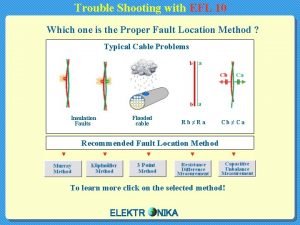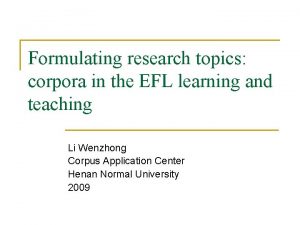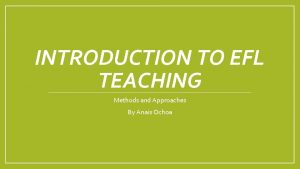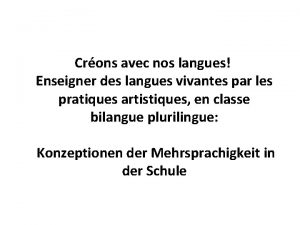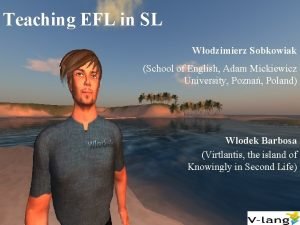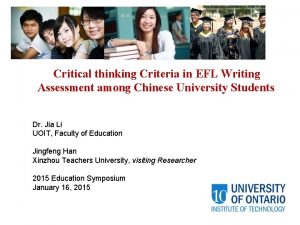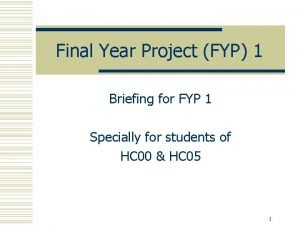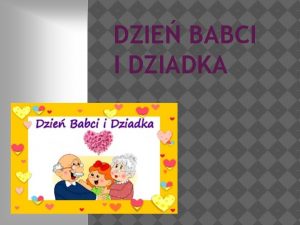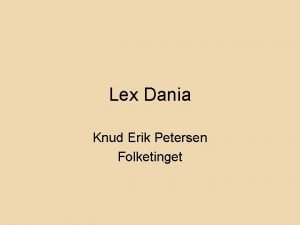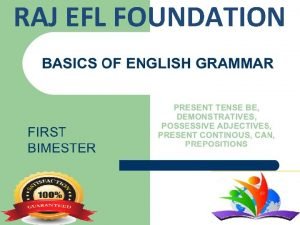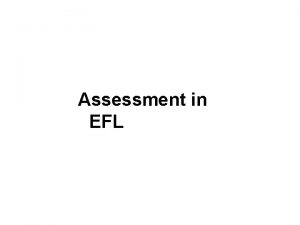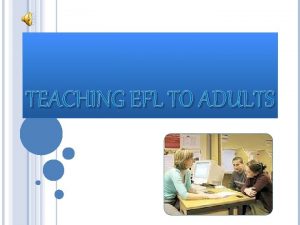Final Project Introduction to EFL Teaching DANIA ZENDEJAS












- Slides: 12

Final Project. Introduction to EFL Teaching DANIA ZENDEJAS HORTA

Grammar-translation Method Audiolingual Method 1960 1940 1880 1890 Direct Method Community Language learning 1960 Total Physical response Suggestopedia approach 1975 1963 Silent Way approach The natural approach 1983 1980 Communicative Language teaching 1980 Task-based learning

Grammar-translation Method q Translate from English into your native language. q Focus on written text and grammar. q Early written of difficult text. q The text is often accompanied by a vocabulary list consisting of new lexical items.

Direct Method q No use of mother tongue is permitted. q Grammar is taught inductively. q This material is first presented orally with actions or pictures. q The culture associated with the target language is also taught inductively.

Audiolingual Method q Listening and speaking drills and pattern practice only in English. q A movement in linguistics that focused on the phonemic. q Based on the behaviorist theory of learning, which held that language is a form of behavior. q Language is elicited by a stimulus and that stimulus then triggers a response. q Spoken language comes before written language.

Total Physical response q “TPR is a language teaching method built around the coordination of speech and action: it attempts to teach language through physical (motor) activity”. q The students should feel successful. Feelings of success facilitate learning. q Language learning is more effective when it is fun.

Community Language learning q Understanding of English through active student interaction. q A student says what he or she wants to say either in English or in his or her first language. q In the latter case, the knower translates it into English, in effect “teaching” the subject how to make the utterance.

Silent Way approach q Teacher is silent to allow student awareness of how English works. q Through all this procedure the teacher indicates by gesture or expression what the students should do and whether or not they are correct.

Suggestopedia approach q Relaxed atmosphere, with music; encourages subliminal learning of English. q Traumatic themes are avoided, and the sympathy with which the teacher treats the student is vitally important.

Communicative Language teaching q A set of beliefs which included not only a re-examination of what aspects of language to teach, but also a shift in emphasis in how to teach. q Activities in CLT typically involve students in real or realistic communication, where the accuracy of the language they use is less important than successful achievement of the communicative task they are performing.

The natural approach q Listening comprehension is very important and is viewed as the basic skill that will allow speaking, reading, and writing to develop spontaneously over time, given the right conditions. q Learners should not speak until they feel ready to do so; such delayed oral production results in better pronunciation than if the learner is expected to speak immediately.

Task-based learning q Instead of a language structure, in other words, students are presented with a task they have to perform or a problem they have to solve.

